Jan Bartek – AncientPages.com – The ancient city of Tenea has long been considered a mythical place. Built by Trojan war prisoners around 1100 B.C. somewhere in southern Greece, the city disappeared for an unknown reason. Archaeologists and treasure hunters tried to locate Tenea’s ruins, but all failed.
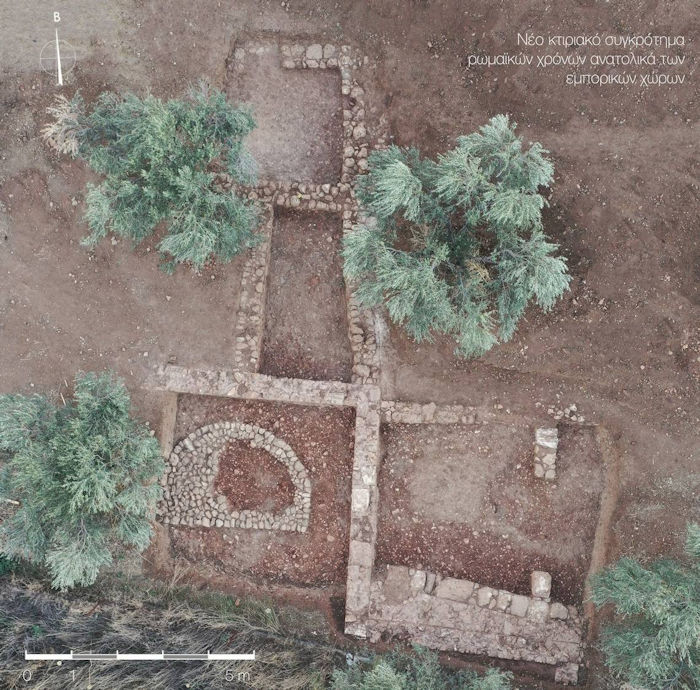
Ruins of the ancient city of Tenea. Credit: Greece’s Ministry of Culture and Sports
In 2018, archaeologist Eleni Korka and her team finally discovered the ruins of Tenea. The ancient city of Tenea was located near Chiliomodi, about 60 miles east of Athens.
Ever since, archaeologists have excavated at the site and made some fascinating discoveries that offer valuable information about ancient life in the region.
In a press statement, Greece’s Ministry of Culture and Sports reports scientists have unearthed a large public building containing many votive figurines that were most likely ceremonial objects used in cults, rituals, and sacred ceremonies.
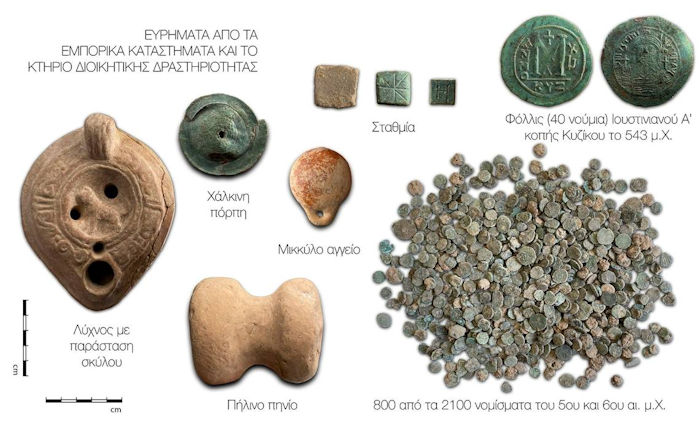
Ancient coins and weights unearthed at the site. Credit: Greece’s Ministry of Culture and Sports
Scientists also located Tenea’s Roman sector and ruins of small shops. One could tell this was a commercial center due to the large number of ancient coins unearthed at the site. As many as 2100 coins and weights were discovered in a building room that was most likely the seat of a local government official.
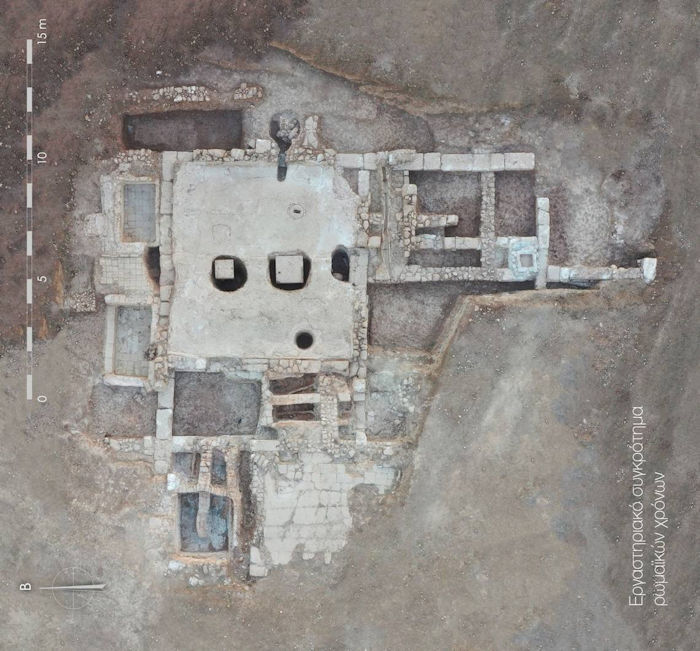
The laboratory complex used as an olive mill. Credit: Greece’s Ministry of Culture and Sports
A stone-paved street led to the Roman baths, and following a small lane, one could reach Tenea’s shopping center.
In another Roman structure, archaeologists discovered three furnaces and two rectangular tanks. Olive kernels found on the ground suggest this was once a laboratory complex used as an olive mill.
Ruins of a Roman-era cistern showed the ancient city of Tenea had once an impressive aqueduct and sufficient water supply.
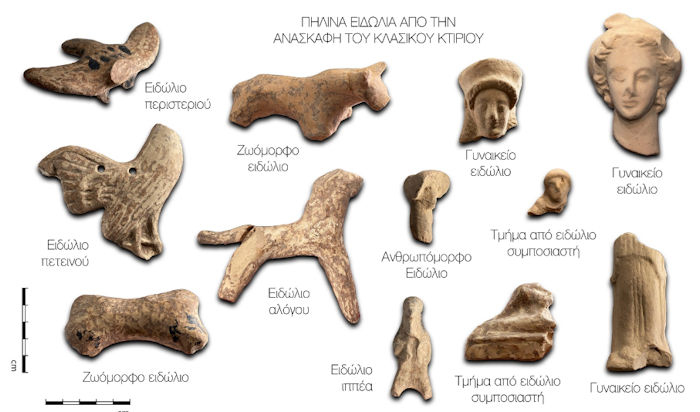
Ancient human and animal-shaped carvings. Credit: Greece’s Ministry of Culture and Sports
Near one of the investigated walls, scientists saw an above-ground burial monument. Inside the funerary structure were multiple burial chambers. At the site, archaelogists also found an ancient monolithic sarcophagus, a child’s burial, bronze coins, lamps, a glᴀss incense burner, and an urn.
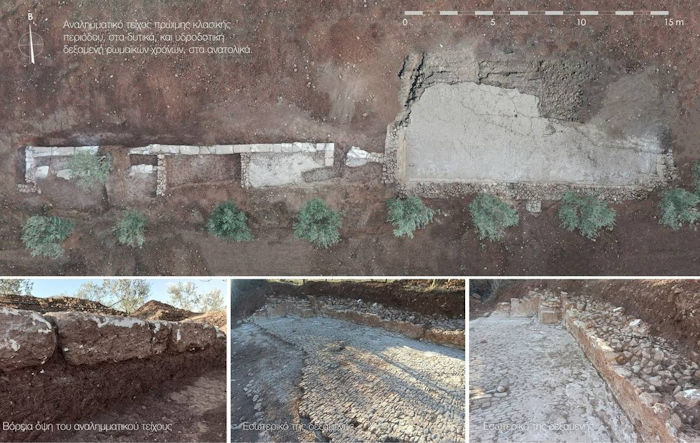
An excavated portion of the city wall and a cistern likely part of the city’s water supply. Credit: Greece’s Ministry of Culture and Sports





